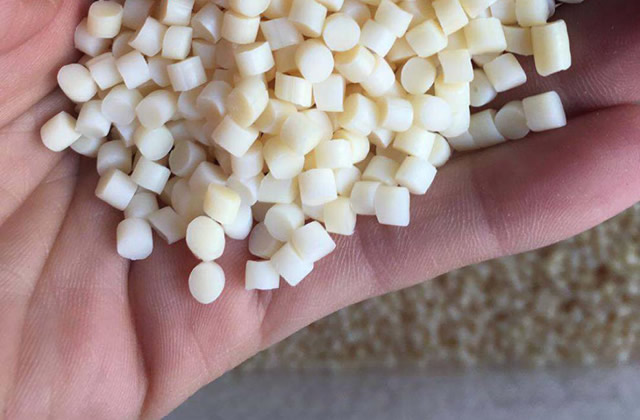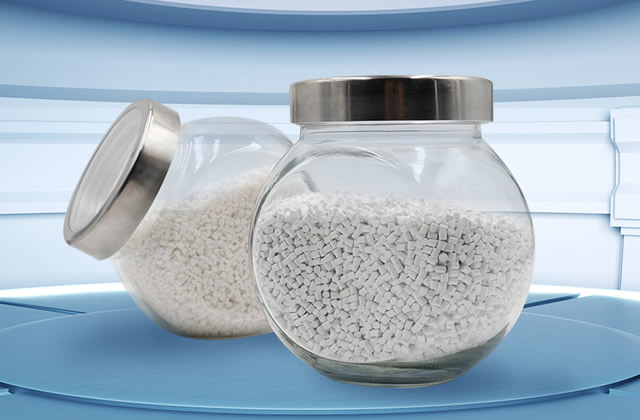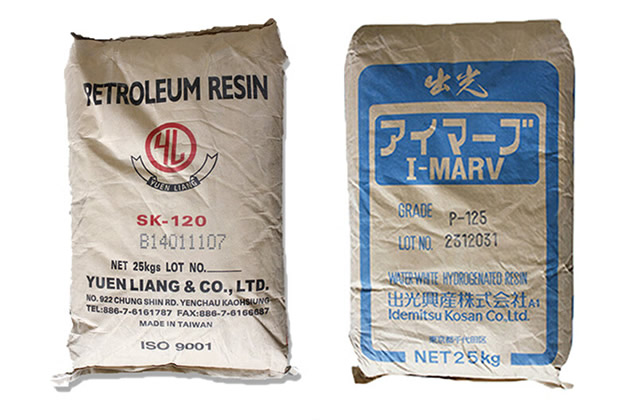1. What are the types of defoaming agents?
Defoaming agent is an additive that eliminates foam. It is used in coatings, textiles, Production in the fields of medicine, fermentation, papermaking, water treatment and petrochemicals will produce a large amount of foam, which affects product quality, so defoaming agents are needed. There are many types of defoaming agents, which can be divided into different types according to different classification methods:
1. According to form, they can be divided into solid granular type, There are five categories: emulsion type, dispersion type, oil type and cream type.
2. According to application
According to the application of defoaming agents in different industrial productions, they can be divided into textile industry defoaming agents and paper industry defoaming agents. agent, coating industry defoaming agent, food industry defoaming agent and petroleum industry defoaming agent, etc.

3. Divided according to different ingredients
(1) Non-silicon type: Non-silicone defoaming agents mainly include alcohols, fatty acids, fatty acid esters, phosphate esters, mineral oils, amides and other organic substances. Commonly used amides include monoamides, bisamides, etc., in addition to trioxane. melamine, cyanuric chloride melamine, fatty amines and other nitrogen-containing compounds; phosphates include monoalkyl, dialkyl phosphates and fluorinated alkyl phosphates, etc., which are often used for defoaming in detergent products; carboxylates Including three types of substances: fatty acids, such as lauric acid, palmitic acid, etc.; fatty acid esters, such as fatty acid glycerides, animal and vegetable oils, etc.; fatty acid soaps, such as calcium, aluminum, and magnesium soaps of stearic acid and palmitic acid; fatty alcohols, ethers Includes straight-chain and branched-chain alcohols and ethers.
(2) Polyether type: Polyether type defoamer is a copolymer of ethylene oxide and propylene oxide, which mainly uses its solubility to perform at different temperatures. Different properties are produced to achieve defoaming effect. At low temperatures, polyether disperses into water. As the temperature continues to rise, the hydrophilicity of the polyether gradually decreases until the cloud point reaches the cloud point, causing the polyether to become insoluble, thus exerting its defoaming effect. During the preparation process, the cloud point can be changed by adjusting the type of polyether and the proportion of raw materials, so it can be used in different industries.
(3) Silicone type:Polydimethylsiloxane (also called silicone oil) is the main component of silicone defoaming agent. Compared with H2O and ordinary oils, silicone oil has smaller surface tension and is suitable for water-based foaming systems.It is also suitable for oily foaming systems. Among H2O and ordinary oils, silicone oil has high activity and low solubility. Its basic characteristics are stable chemical properties, wide range of uses, low volatility, non-toxicity, and outstanding defoaming ability.
(4) Polyether modified silicone type: This type of defoaming agent is obtained by modifying and grafting polyether segments or polysiloxane segments Silicon ether copolymer is a new type of high-efficiency defoaming agent that organically combines the advantages of both. It has the advantages of good dispersion, strong foam suppression ability, stability, non-toxicity, low volatility, and strong defoaming effect.
2. Analysis of the advantages and disadvantages of different types of defoaming agents
The classification of defoaming agents mainly depends on the ingredients, such as non-silicon type and polyether type. , silicone type, polyether modified silicone type, each has its own advantages and disadvantages. The following is an introduction to you:
1. Non-silicon defoaming agent
Mineral oils, amides, lower alcohols, fatty acids and fatty acid esters, phosphates and other non-silicon defoaming agents have been researched and applied earlier. They are the first generation defoaming agents and have the advantages of easy raw materials. It has the advantages of high efficiency, high environmental protection performance and low production cost; the disadvantages include low defoaming efficiency, strong specificity and harsh usage conditions.
2. Polyether defoamer
Polyether defoamer is the second generation defoamer, mainly including linear polyether, There are three types of polyethers starting from alcohol or ammonia, and polyether derivatives with end-group esterification. The biggest advantage of polyether defoaming agents is their strong ability to suppress foam. In addition, there are some polyether defoaming agents that have excellent properties such as high temperature resistance and resistance to strong acids and alkali. The disadvantage is that the use conditions are limited by temperature and the field of use. Narrow, poor defoaming ability, low foam breaking rate, etc.
3. Silicone defoaming agent
Organic silicone defoaming agent (third generation defoaming agent) has strong defoaming performance. It has the advantages of rapid foam breaking ability, low volatility, non-toxicity to the environment, no physiological inertness, and wide range of use. Therefore, it has broad application prospects and huge market potential, but its foam suppression performance is poor.
4. Polyether modified silicone defoamer
This kind of defoamer contains both polyether defoamer and silicone The advantages of similar defoaming agents are the development direction of defoaming agents. Sometimes they can be reused based on their reverse solubility, but there are fewer types of such defoaming agents, they are still in the research and development stage, and their production costs are high.
If the website content violates your rights, please contact us to delete it。








